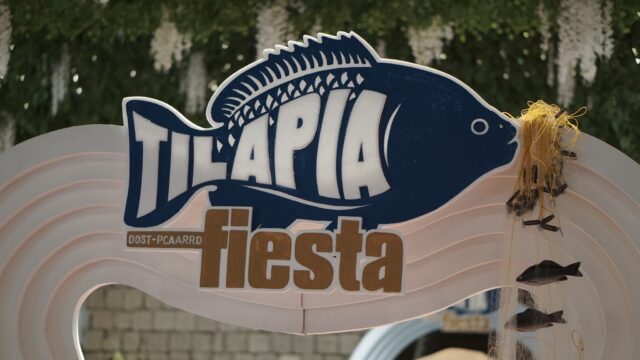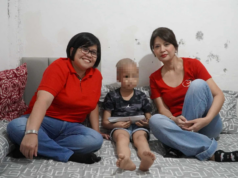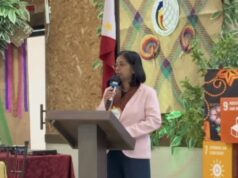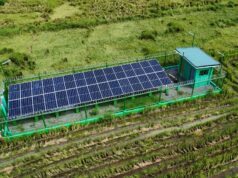CITY OF SAN FERNANDO, Pampanga (PIA) — Hundreds of fish farmers, researchers, investors, and students gathered in Pampanga for the first-ever Tilapia FIESTA [Farms and Industry Encounters through the Science and Technology Agenda], a national event uniting science, technology, and community to strengthen the country’s aquaculture sector.
With the theme ‘From Pond to Plate: Celebrating a Sustainable Tilapia Industry,’ the three-day event showcased research outputs, best practices, and innovations in tilapia production.
Organized by the Department of Science and Technology (DOST) through the Philippine Council for Agriculture, Aquatic and Natural Resources Research and Development (PCAARRD) and the Central Luzon Agriculture, Aquatic and Resources Research and Development Consortium (CLAARRDEC), it gathered seven other regional consortia from Luzon, Visayas, and Mindanao, making it the largest cluster collaboration in the history of the FIESTA program.
Central Luzon State University (CLSU) President and CLAARRDEC Chair Dr. Evaristo A. Abella said the event strengthens collective efforts toward a competitive and inclusive aquaculture industry.
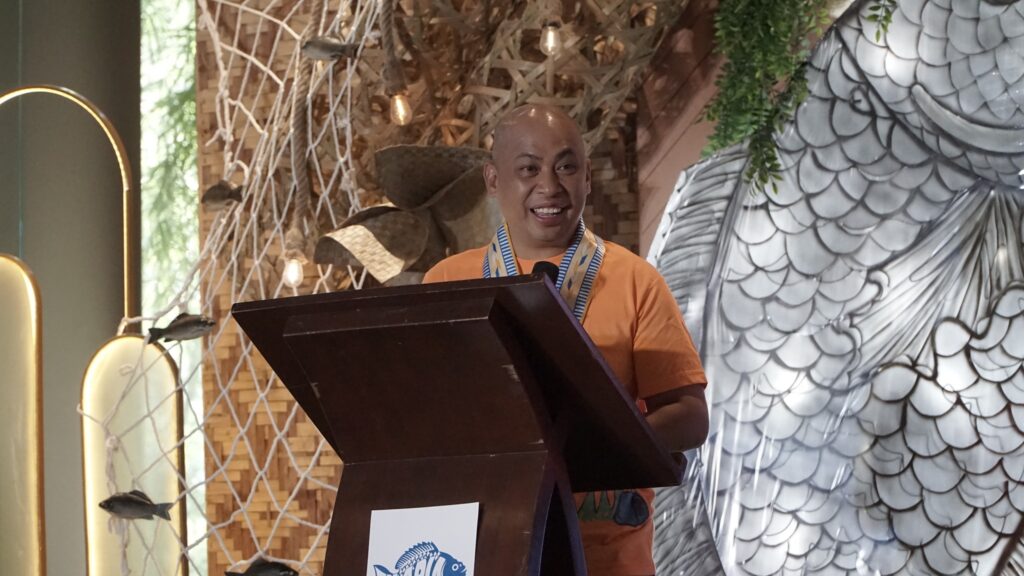
“This historic gathering solidifies the collaboration of seven regional consortia creating a venue for researchers, aquaculture practitioners, fisherfolk, government agencies, higher education institutions, and other stakeholders who share a common goal to strengthen and sustain the tilapia industry in our country,” he said.
Abella added that research must lead to tangible benefits for communities, as he urged participants to bridge tilapia products to reach target markets without diminishing their economic value.
“When we do research sabi nga, bigyan na natin ng puso. It should be towards impacting the livelihood of the people, sustain[ing] the production, and ensure[ing] the economic opportunity and food security of the country,” he emphasized.
DOST-PCAARRD Deputy Executive Director Dr. Melvin B. Carlos lauded the regional consortia for turning science into opportunity for local aquaculture communities.
“Tilapia is one of our top food choices as it is cost-effective, widely cultivated, and well-accepted. Tilapia is a priority commodity in DOST-PCAARRD’s Industry Strategic S&T Programs,” Carlos said.
PhilTilapia National President Florendo Juico Jr. praised the collaborative spirit behind the FIESTA and urged continuous engagement among researchers, farmers, and government agencies.
“Tilapia FIESTA 2025 is more than just a celebration of our harvest, our ponds, and plates. It’s a celebration of people — of farmers, of our researchers, our local leaders, and every hand that has helped make the tilapia industry what it is today,” he said.
Juico shared that after more than two decades in fish farming, he now feels the full support of the government through technology interventions like floating nursery systems and saline-tolerant tilapia breeds that help farmers adapt to floods and climate disruptions.
“You, the government, and the academe are the drivers of this industry. Kami, we are waiting for knowledge so as to know how to solve our problems,” he added.
Meanwhile, DOST-PCAARRD Applied Communication Division Director Marita Carlos highlighted the event’s significance as the 48th FIESTA celebration since 2011 and the first dedicated to tilapia.
“After more than two years of planning, we are finally here to celebrate the Tilapia FIESTA. This is the first FIESTA in Tilapia and participated by seven consortia. So far ito ang biggest cluster na nag-FIESTA,” Carlos said.
She described FIESTA as an Intellectual Property Office (IPO)-recognized technology promotion platform.
“The ultimate goal of FIESTA is the utilization of research and development (R&D) outputs of our member institutions all over the country,” she added.
The event also featured awards for outstanding researchers and producers, cooking contests, technology pitching, and product showcases highlighting the potential of tilapia from pond to plate. (MJSC, PIA Region 3-Pampanga)


